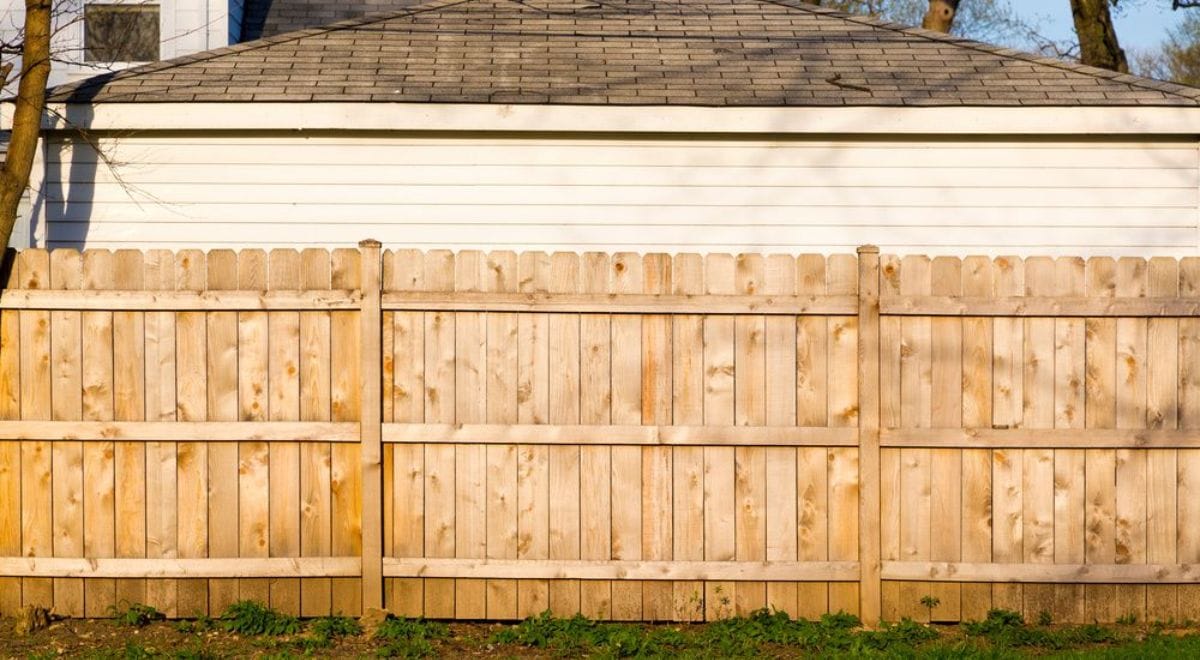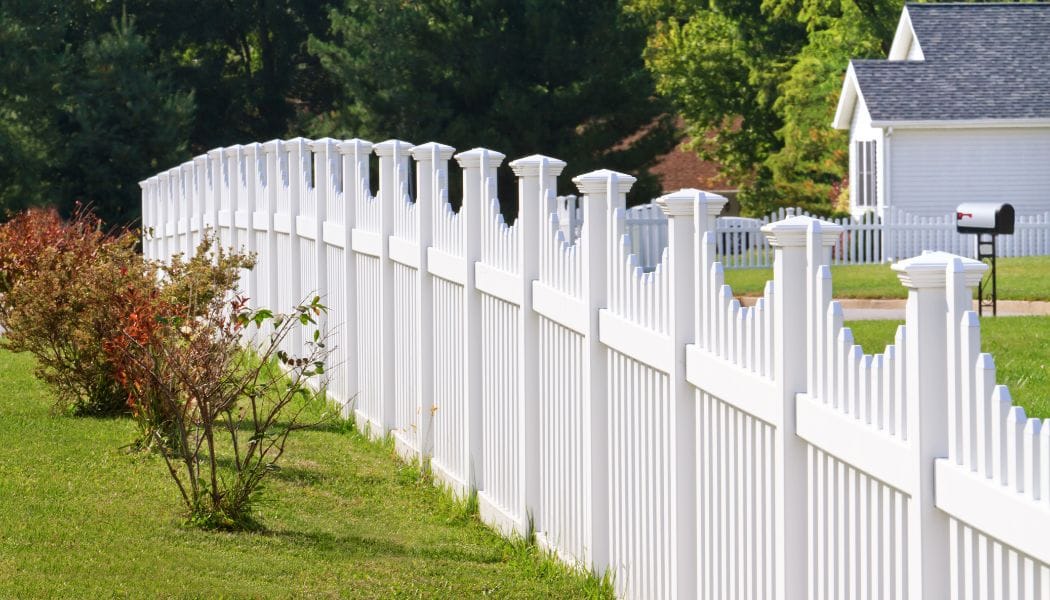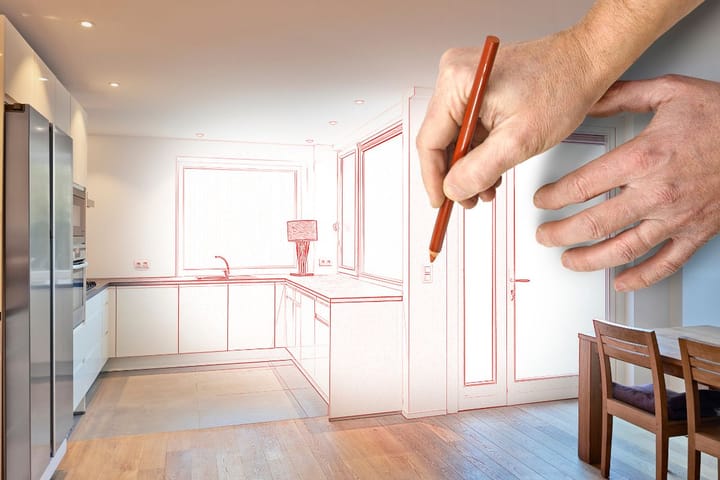The Ultimate Guide To Installing Wood Fence In Your Property
Boost safety, privacy, and aesthetics with a fence. It deters trespassers, provides seclusion, enhances curb appeal, and offers a barrier to noise and unwanted views.

For several reasons, fences may keep you safe and secure. They erect strong perimeters around your property to keep trespassers away. They also stop strangers from seeing your house from a distance. Additionally, they increase your house's curb appeal and shelter you from unwelcome sounds and sights.
You must fence in your land if you wish to adequately secure your privacy. You'll undoubtedly concur with that and be thinking about putting in wooden fences. The only issue is understanding the right procedure. Do not be concerned; this piece will explain how. Continue to read.
Choose The Type of Fence You Need Or Want
The market is filled with a wide variety of wooden fences. Depending on what you require or prefer, there is a type or design for you. Here are some of the most typical and well-liked styles of wooden fences:
- Fence Panels: These panels are frequently six feet high, which makes them a simple alternative for individuals who don't want to worry about building codes. They can provide your solitude because seclusion begins at a height of six feet.
- Picket: Picket fences would be one of your preferred selections if your property is located in a suburban area. They are typically four feet tall and simple to install. This type is the quickest to install and the most affordable to purchase because they are also inexpensive.
- Post and rail: Post and rails are an efficient way to keep children and animals on your property. It's not for everybody, though. But take this into account if you want something inexpensive and simple to install.
- Composite: Materials such as wood and plastic are used to make this type. They are robust and won't decay easily. This is a great option for you if you want something durable.
These four wooden fence styles are only a sample of the many you can put on your property. Always make decisions based on the goals, available funds, and specifications of the fence you wish to build.
Plan The Fence

It goes without saying that you must plan how to install your fence. Fortunately, it won't take much of your time because creating one for your property only requires a few simple procedures. You must complete a number of tasks, including the following:
- Measure the outer edge of your property.
- Determine what kind of wood or material you want for your fence.
- Examine a sample of the material to see if the aesthetics of your home are a good match.
- Determine your fence's budget or request estimates from professionals.
Converse With Your Neighbors
Consult with your neighbours after completing the preceding project planning procedures. Keep in mind that not everyone finds it amenable when neighbours build a fence close. Some people could even have delusional thoughts that others are isolating them. Before you begin your fencing project, don't forget to take into account their ideas and perspectives.
Your property lines are still another concern. You should avoid going beyond of these bounds as much as possible because you might suddenly have to deal with issues with your neighbours.
Communicate With Your Community And Utility Companies
Aside from your neighbours, check with the local community. Some communities may require you to acquire written permission from all of your adjacent neighbours first before you can build fences or renovate your home. And during the planning stage, be sure you’re not going to construct above property easements or where utility lines are located.
To ensure you’ll not accidentally strike any lines, call your local utility locator. They can often locate the lines for you free of charge. When they find the lines, they’ll often mark them with spray paint, which is easily washable and removable.
Do The Installation During the Summer
Setting up your wooden fence when the weather is warm and dry would be best. You wouldn’t want to deal with the frozen ground or hit any plumbing as pipes can be fragile during cold weather.
Moreover, start the installation at the beginning of the dry season. After all, doing this fencing project of yours can take a while. It can also be arduous, especially if you have a big property.
Choose The Right Wooden Fence
Wood from various trees has varying properties. For instance, it is recommended to use heartwood posts for fencing in metropolitan areas. With little to no upkeep, they can endure up to two decades. If they aren't accessible nearby, you could want to speak with fence companies to learn which kind of wood works best in your region.
You also have the choice of pressure-treated wood. They have a sapwood layer on top of the heartwood. The drawback of pressure-treated wood is that not all lumberyards offer consistently high-quality products. Buy only from reliable sources. Ask if the wood can be in contact with the ground as well. Not all pressure-treated wood is suitable for use as fence posts.
Prep The Fence
Due to a variety of elements, including rain, sun, weight, and impacts, your fence posts will endure a lot of wear and tear. You must therefore prepare them before erecting them. They will last for a long time because of the preparation. Fortunately, preparing them doesn't take a lot of time or work.
If you live in a humid area, you should bevel the tops of your fence posts. It will stop water from building up on the top of the post and allow it to drain down, preventing rotting. Frost caps can be installed as an alternative.
Apply wood preservatives to each post's two ends as well. Applying these chemicals should be done carefully as they can be very dangerous. Typically, you can paint them on the posts with a brush. Wait a day before applying the subsequent coat if you intend to apply more than one.
Check If The Location Of The Fence Will Be Optimal

Four-by-fours are often the posts used for wooden fences. To install these posts, dig a small hole in the ground, place them within it, and then fill the hole with dry concrete mixture. After everything has been set, you must add water to the concrete mix. After an hour or longer, most concrete mixtures will begin to set.
Additionally, make sure the area where you plant your post has dense soil. If not, you can wish to compact the earth and place some material on top. In addition to the density, you should check for appropriate drainage. Your postings won't decay quickly if you do those two things together.
Dig Holes For Your Fence
You have the option of using a post-hole digger or a standard shovel for this work. Although the latter is more simpler to use, it may come with an additional cost that you'd rather avoid. Keep in mind that the size of the hole will depend on the local building codes in your area. If there is no specific depth restriction, you can get away with a depth that is roughly three times as wide as the post's width and half its height or length.
Additionally, add a few inches of pea gravel to the hole and compact it somewhat. By ensuring that water can drain from the post, it prevents rotting. A piece of lumber will do for tamping. If you own or can rent a tamping bar, you can also utilise it.
Adjust The Hole For The Fence If Necessary
Place your post deeper and below the frost line, a few inches will do, if you live in a location with snow and frost. Don't forget about frost caps as well. They can stop snow and water from soaking up too much and causing rapid deterioration.
Ordinarily, people spread the posts eight feet apart when it comes to spacing. Additionally, avoid simply dumping and tamping soil around the poles indiscriminately. At the absolute least, surround the post with six inches of earth and gently push it down.
You can cover the hole with cement and create slopes around it to further deter water from entering the post's lower portion. It will permit the top end of the post's water runoff to drain outward, preventing water from reaching the area around it and slowing the decay of wood.
Setting Up The Panels Or Pickets
You can begin erecting the panels or pickets once the posts are in place and in place. In accordance with the kit's instructions, attach the panels.
In addition, you should remember to install corner bracing. Corner posts would support a lot of weight coming from both directions. Without bracing, the panels or pickets could separate from the pole.
Conclusion
You now have it. That is how easy it may be to install a wooden fence. It's a lot of labour, despite the fact that it's straightforward. All the stuff you'll need will weigh tens of pounds, after all. In addition, excavating and staking posts can be strenuous work. You can always pay someone to assist you with installing fences if you have the money. By doing so, you can make sure that the job is done correctly to keep trespassers and other dangers away from you and your family.




Comments ()